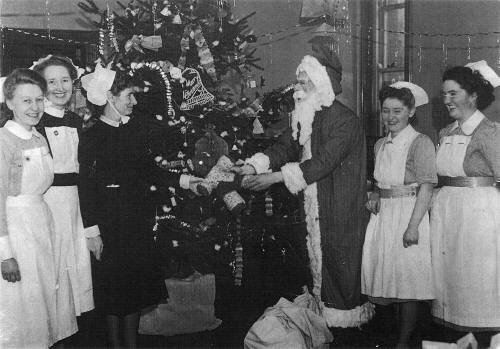MARDY HOSPITAL was
built by the Merthyr Tydfil Municipal Borough in 1906 and was opened
by Keir Hardic on March 23, 1907, as an isolation hospital.
Standing in four and a half acres of ground, it cost £17,000, and
was built in separate blocks for isolation purpose, the blocks being
termed as "pavilions".
During the first year, 150 patients were admitted, mainly cases
of scarlet fever, typhoid and diphtheria.
The first patient suffering from tuberculosis was admitted in
1912.
The hospital grounds originally contained a sizeable garden, the
produce of which was used to feed the patients and livestock such as
ducks, chickens, geese and pigs were also kept.
Towards the end of the 1920s, facilities for the treatment of
venereal diseases were provided and in 1922 the hospital was
approved as a training school for fever nursing and continued to be
so until 1956.
Then the incidence of infectious diseases declined so
substantially that nurses could no longer obtain the necessary
expertise.
This decline was particularly predominant with scarlet fever and
diphtheria.
Scarlet fever was prevalent in 1907 and reached a peak in 1920.
During the war years, 1939-45, the hospital treated many evacuee
children.
The Mardy along with all the hospitals in the area, was
transferred to the Ministry of Health in 1948.
Because of the run-down by this time in the incidence of
infectious diseases, the use of the *120 beds was changed for
general medicine, although some were still reserved for infectious
diseases, diseases of the chest, pre-convalescent patients and some
geriatric patients.
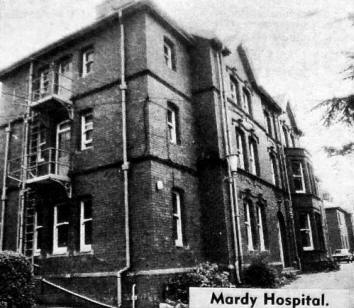
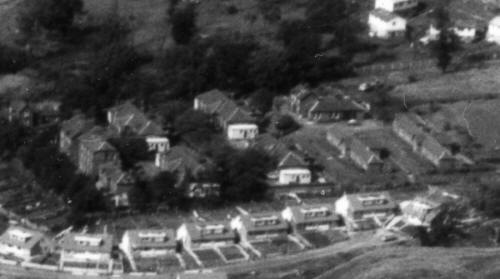
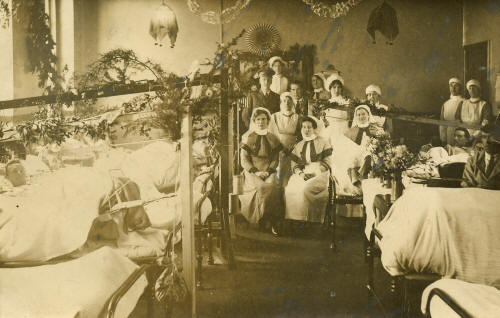
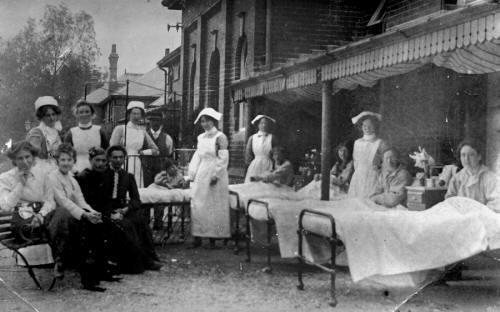
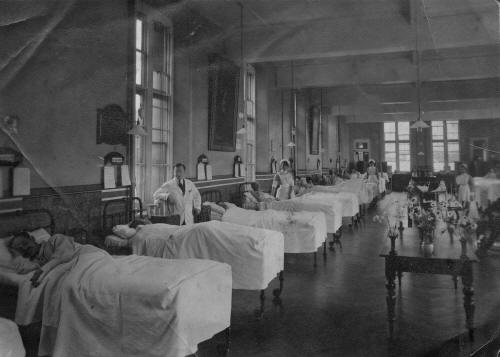
_small.jpg)
